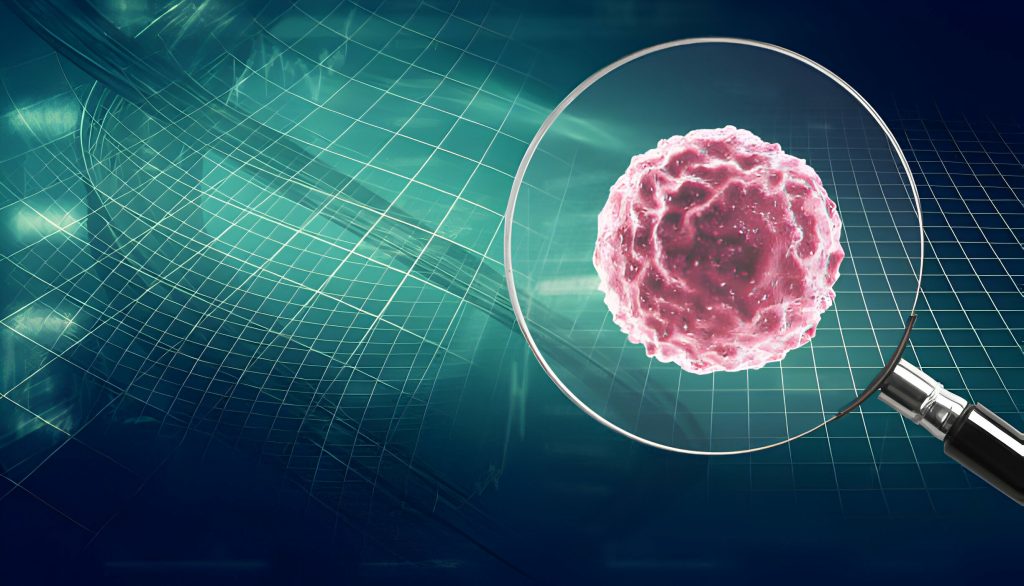Imagine a world where artificial intelligence can detect bacteria with remarkable accuracy. Well, that world is not so far away. Enter Deep Colony, an AI algorithm designed to interpret culture plates and identify bacterial species. Inspired by the cognitive process of microbiologists, this algorithm has been trained using thousands of images of isolated colonies. The results? High agreement with manual interpretations, demonstrating its potential in speeding up laboratory exams and guiding antibiotic therapies. In this article, we delve into the fascinating role of AI in bacterial detection and explore the groundbreaking capabilities of Deep Colony.
The Role of AI in Bacterial Detection
AI plays a crucial role in bacterial detection as it can interpret culture plates and accurately identify the species they contain, providing valuable insights for laboratory exams and antibiotic therapies. AI applications in healthcare have revolutionized disease diagnosis, medical imaging, drug discovery, and personalized medicine. With the ability to analyze large amounts of data quickly and efficiently, AI algorithms can detect even subtle patterns and abnormalities that may be missed by human observers. This has led to faster and more accurate diagnoses of bacterial infections, enabling timely treatment interventions. In medical imaging, AI algorithms can assist in identifying specific bacteria or their characteristics in scans, aiding in the early detection of infections. Moreover, AI-driven drug discovery platforms help researchers identify potential antibiotics tailored to specific strains of bacteria. Ultimately, by integrating AI into healthcare systems, personalized medicine approaches become more feasible as treatments can be tailored based on individual patient characteristics and bacterial profiles.
Understanding Deep Colony: An AI Algorithm for Bacterial Identification
Deep Colony, an algorithm for bacterial identification, was designed to mimic the cognitive process followed by microbiologists. It interprets culture plates and identifies the bacterial species they contain. The algorithm uses mass spectrometry to identify colonies, and a neural network estimates the probability of each strain. Clustering colonies based on similarity helps refine the results. Deep Colony showed agreement with manual interpretations in 95.4% instances when tested on nearly 5,000 plates. It can speed up laboratory exams and guide decisions on antibiotic therapies. The algorithm allows for some false positives to focus on critical cases. Deep Colony’s accuracy and potential usefulness make it a valuable tool in bacterial identification.
- Cognitive process
- Mass spectrometry
- Neural network
- Estimates probability of each strain
- Clustering colonies
- Refines results based on similarity
Training Deep Colony: Data and Methods
The data used to train Deep Colony consisted of images of isolated colonies from 32 bacterial species. These colonies were identified using mass spectrometry in US laboratories or from the American Type Culture Collection. The training process involved the first neural network estimating the probability of each strain being present in a colony. Then, cluster analysis was performed to refine the results by comparing colonies on the same plate and grouping them based on their similarity. If colonies in the same cluster were estimated to belong to different species, their identification was revised. To evaluate Deep Colony’s performance, evaluation metrics such as agreement with manual interpretations were used. The algorithm showed high accuracy, particularly for positive and negative plates. Machine learning techniques combined with mass spectrometry and cluster analysis proved instrumental in training Deep Colony for accurate bacterial identification, which has implications for antibiotic resistance research and clinical decision-making processes.
Comparing Deep Colony and Manual Interpretations
When comparing Deep Colony with manual interpretations, there was a 99.2% agreement for positive plates, 95.6% for negative plates, and 77% for contaminated plates. This comparative analysis shows that Deep Colony is highly accurate in identifying bacterial species on culture plates. However, it’s important to note that the algorithm does have some false positive cases in its interpretations. This is intentional as it allows Deep Colony to prioritize the most critical cases for further examination. The impact of Deep Colony on antibiotic therapy decisions is significant, as it can speed up laboratory exams and provide guidance on appropriate treatments. Manual interpretations of bacterial identification have limitations, including human error and subjectivity. On the other hand, Deep Colony’s automated approach eliminates these limitations and provides consistent results. In clinical settings, Deep Colony has great potential to revolutionize bacterial identification and improve patient care through faster and more accurate diagnoses.
- Comparative analysis:
- Deep Colony vs traditional methods
- Agreement percentages:
- Positive plates: 99.2%
- Negative plates: 95.6%
- Contaminated plates: 77%
- False positive cases in Deep Colony’s interpretations
- Impact of Deep Colony on antibiotic therapy decisions
- Limitations of manual interpretations in bacterial identification
- Potential applications of Deep Colony in clinical settings
The Accuracy and Potential Usefulness of Deep Colony
To fully understand the accuracy and potential usefulness of Deep Colony, you should consider its agreement with manual interpretations and how it can revolutionize bacterial identification in clinical settings. Deep Colony has shown high agreement with manual interpretations, making it a promising tool for accurate bacterial detection. However, there are limitations to its capabilities. It may struggle with detecting certain strains or identifying colonies on contaminated plates accurately. Ethical considerations arise when using AI for bacterial identification, as human expertise and judgment are still crucial in decision-making processes. Despite these limitations and ethical concerns, Deep Colony holds great potential in healthcare settings. Its ability to speed up laboratory exams and guide decisions on antibiotic therapies can significantly improve patient outcomes. Challenges remain in implementing Deep Colony in real-world laboratory settings due to resource constraints and the need for extensive training data. Nevertheless, future developments and advancements in AI-based bacterial detection hold promise for overcoming these challenges and further enhancing the accuracy and applicability of Deep Colony in clinical practice.
References: Study on AI Algorithm for Bacterial Identification
Now that you have learned about the accuracy and potential usefulness of Deep Colony, let’s explore the references related to the study on the AI algorithm for bacterial identification. This will provide valuable insights and information for further research in this field.
Here are some key points regarding these references:
- The study was published in Nature Communications and can be found on PubMed and Google Scholar.
- The authors of the study are Alberto Signoroni and his research group at the University of Brescia.
- Additional references related to the study can be downloaded for more detailed information.
As we delve into these references, it is important to acknowledge certain limitations, challenges, and ethical considerations when implementing AI in bacterial identification. However, there is great potential for future applications of AI in bacterial detection, including improving antibiotic therapies. The implications of AI in this field are vast and could revolutionize how we approach bacterial infections.
Job Opportunities in Scientific Research
There are various job opportunities available in scientific research, such as positions at the National Institute of Pathogen Biology and Thomas Jefferson University’s Radiation Oncology Department. These opportunities allow you to contribute to AI advancements in healthcare and microbiological advancements. With the increasing use of AI in bacterial detection techniques, there is a need for skilled professionals who can develop and implement these technologies. You have the chance to be at the forefront of scientific research, working on cutting-edge projects that can revolutionize healthcare. Whether it’s developing new algorithms for bacterial identification or utilizing AI in cancer treatment, these job opportunities offer a platform for you to make a significant impact in the field of scientific research. Embrace this opportunity and become part of the exciting world of AI advancements in healthcare and microbiological breakthroughs.
The Importance of JavaScript and Cookies in Bacterial Detection
Enabling JavaScript and cookies enhances your browsing experience on websites that utilize dynamic and interactive content. When it comes to AI algorithms for bacterial detection, JavaScript and cookies play a significant role. Here are some key points to consider:
Benefits of using JavaScript and cookies in AI algorithms:
- Improved performance: JavaScript allows for faster processing of data, leading to quicker results.
- Enhanced user experience: Cookies store user preferences, allowing for a personalized browsing experience.
Limitations of using JavaScript and cookies in AI algorithms:
- Security concerns: Cookies can be vulnerable to attacks if not properly secured.
- Compatibility issues: Some users may disable JavaScript or block cookies, limiting the functionality of the algorithm.
Ethical considerations in using AI for bacterial detection:
- Privacy concerns: The use of cookies may raise privacy issues if personal data is collected without consent.
- Bias in decision-making: AI algorithms should be designed to mitigate bias and ensure fair outcomes.
Future advancements in AI algorithms for bacterial identification:
- Integration with other technologies: Combining AI with traditional methods can improve accuracy and efficiency.
- Increased automation: Advancements in machine learning can lead to fully automated systems for bacterial detection.



